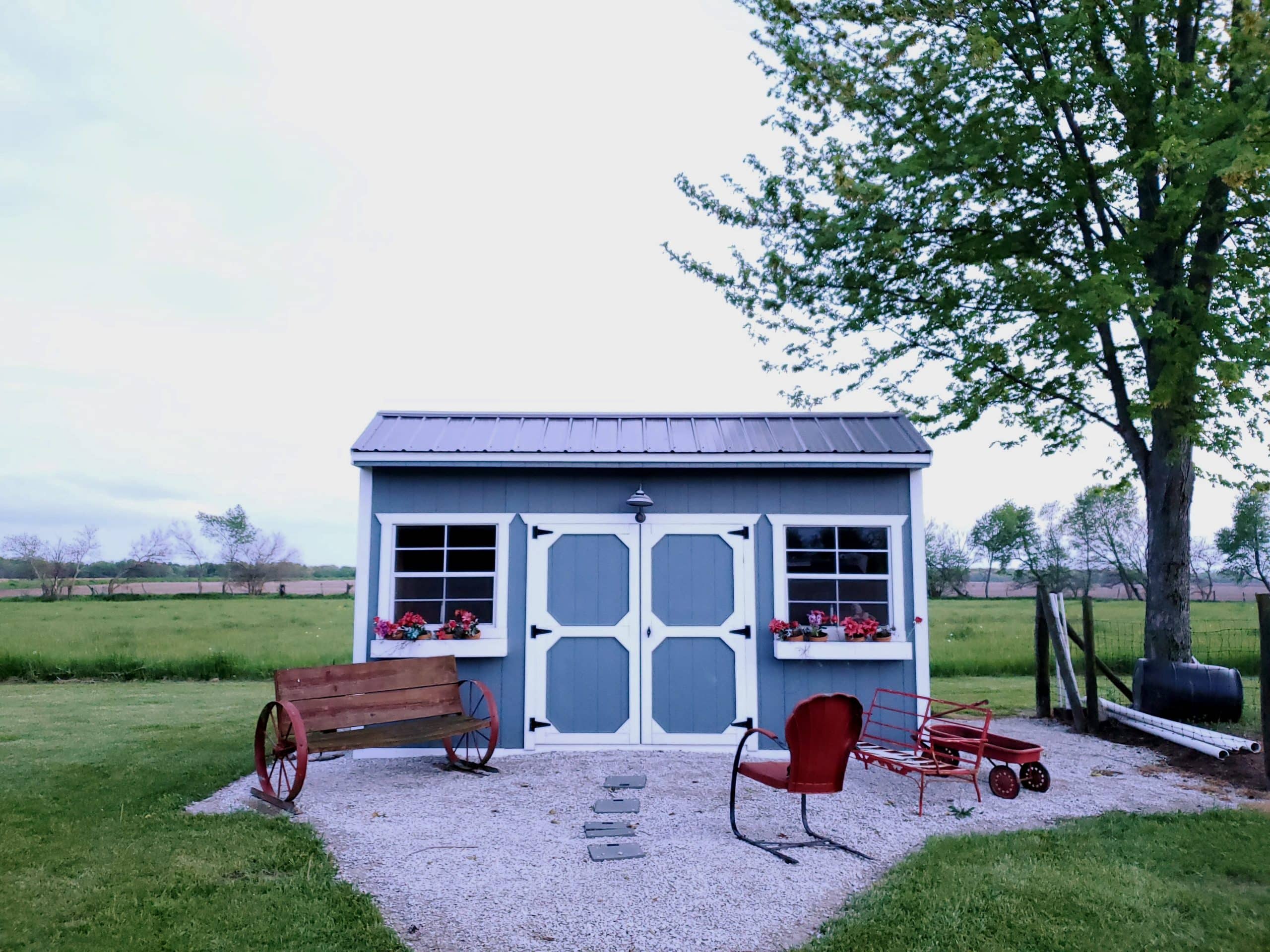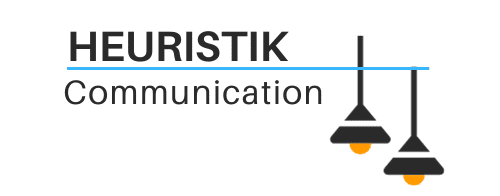
The tiny home trend: is it right for you?
Are you tired of the hustle and bustle of daily life in a traditional, average-sized house? Do you find the upkeep costs and space requirements overwhelming? Or perhaps, are you simply looking for a more sustainable and minimalistic approach to living? If you answered ‘yes’ to any of these questions, the tiny home trend might be the perfect choice for you.
Understanding The Tiny Home Movement
The tiny home movement is a social and architectural trend that advocates for downsizing living spaces. The primary focus is to shift the public’s attention from the size of a house to the quality of life it offers.
A lire aussi : What are the latest real estate investment opportunities in europe?
Tiny homes typically range anywhere between 100 to 400 square feet. In contrast, the average American home is approximately 2,500 square feet. The reduced size doesn’t necessarily mean sacrificing comfort or functionality; instead, it emphasizes efficient design and multi-purpose features.
People attracted to this lifestyle are not only those wanting to downsize and simplify their lives but also those looking for more affordable housing options. Given the rising cost of traditional homes, tiny houses offer a budget-friendly solution that doesn’t compromise on modern amenities.
Cela peut vous intéresser : What are the emerging real estate markets in asia?
The Benefits of Tiny Home Living
Opting for a tiny house can bring multiple significant advantages to your life. Undoubtedly, one of the most appealing aspects is the cost-effectiveness. Building or buying a tiny home will save you a substantial amount compared to a traditional house.
Moreover, the tiny home movement aligns perfectly with a minimalist lifestyle. The limited space forces you to declutter and keep only the essentials. This can lead to a more organized and stress-free life.
Tiny homes are also more environmentally friendly than larger houses, consuming less energy and causing less pollution. These homes are often built using recycled materials and are equipped with solar panels and composting toilets, further enhancing their green credentials.
Potential Challenges of Tiny Home Living
While there are many benefits to tiny house living, it’s essential to consider the potential drawbacks before you decide to join the movement.
Firstly, the lack of space can be a significant issue for some people. If you’re used to living in a larger home, transitioning to a small area can be quite challenging. It can also be difficult if you have a large family or if you often have guests over.
Another concern is the legal aspect. Many areas have zoning laws and building codes that prohibit houses below a certain size, making it difficult to find a place where you can legally live in your tiny home.
Is Tiny Home Living Right for You?
Deciding to live in a tiny home is a big decision, and it’s not for everyone. If you’re someone who values simplicity, efficiency, and sustainability over spacious luxury, then tiny home living could be a great fit for you.
However, before you take the plunge, it’s crucial to consider your lifestyle and needs. Do you need a lot of space for your possessions or for family gatherings? Are you willing to downsize and declutter? Are you comfortable with living in a compact space?
The answers to these questions will help you determine if the tiny home trend is the right choice for you.
A Final Word
The tiny home movement offers a refreshing alternative to traditional living. It presents a unique opportunity to live a more sustainable, cost-effective, and minimalist lifestyle. However, it’s not without its challenges. Before you decide to join the movement, make sure to weigh the benefits against the potential difficulties that might come with it. Remember, the goal is not just to live in a smaller house, but to enhance the quality of your life.
Exploring the Real Estate Market for Tiny Homes
The tiny house movement has significantly changed the landscape of the real estate market. This new type of housing has brought more variety and flexibility to potential homeowners, making it increasingly popular among different demographics: young professionals, retirees, minimalists, and environmentally-conscious individuals.
Purchasing a tiny home can be far simpler and more cost-effective than acquiring a traditional house. The average price for a tiny house is around $60,000, a significantly lower price compared to the median price of a traditional home which is currently hovering around $300,000. This makes tiny homes an attractive option for people who wish to own property without going into substantial debt.
Moreover, the tiny home real estate market offers many customization options. Tiny homes can be built on wheels to allow for mobility or can be stationary, providing a permanent residence. They can be as plain or as luxurious as desired, and can even be designed to be completely off-grid.
However, it’s essential to note that while tiny homes are cheaper to build or purchase, other costs such as land, utilities, and maintenance can add up. Additionally, finding a location where tiny houses are legally permitted can also be a challenge due to zoning laws and building codes.
Tiny House Communities: A New Way to Live Tiny
For those keen on embracing the tiny house movement but concerned about potential isolation or legal constraints, tiny house communities offer an excellent solution. These communities are designed specifically for tiny homes and their owners, offering shared amenities and a sense of community within a legal framework.
Tiny house communities vary in their structure and offerings. Some are designed like traditional neighborhoods with tiny houses built on permanent foundations, while others are more akin to RV parks where tiny houses on wheels can park for a duration. These communities often offer shared amenities like laundry facilities, common spaces, playgrounds, and even co-working spaces.
Living in a tiny house community can provide many benefits, including access to shared resources, reduced living costs, a sense of community, and a sustainable lifestyle. It also offers the opportunity to learn from others who are also living the tiny life, sharing tips and tricks on maximizing space and living efficiently.
The rise of tiny house communities reflects the growing acceptance and popularity of the tiny home trend. It’s yet another way for people to live tiny while still enjoying the benefits of a supportive community and shared amenities.
Conclusion
The tiny house movement presents an intriguing alternative to traditional home ownership. These compact, efficient homes offer a chance to live a simpler, more sustainable life without sacrificing modern amenities. Tiny house living challenges the norm, encouraging owners to rethink their needs and priorities.
However, downsizing to a tiny home is not a decision to be taken lightly. It requires a significant lifestyle change and comes with its own unique set of challenges. It’s crucial to consider personal needs, lifestyle, and the potential drawbacks before jumping on the tiny home trend.
The tiny home movement continues to grow, with more people attracted to the promise of financial freedom, minimalistic living, and environmental sustainability. Only time will tell how this house tiny trend will further evolve and reshape the real estate market and our perceptions of what makes a house a home.
